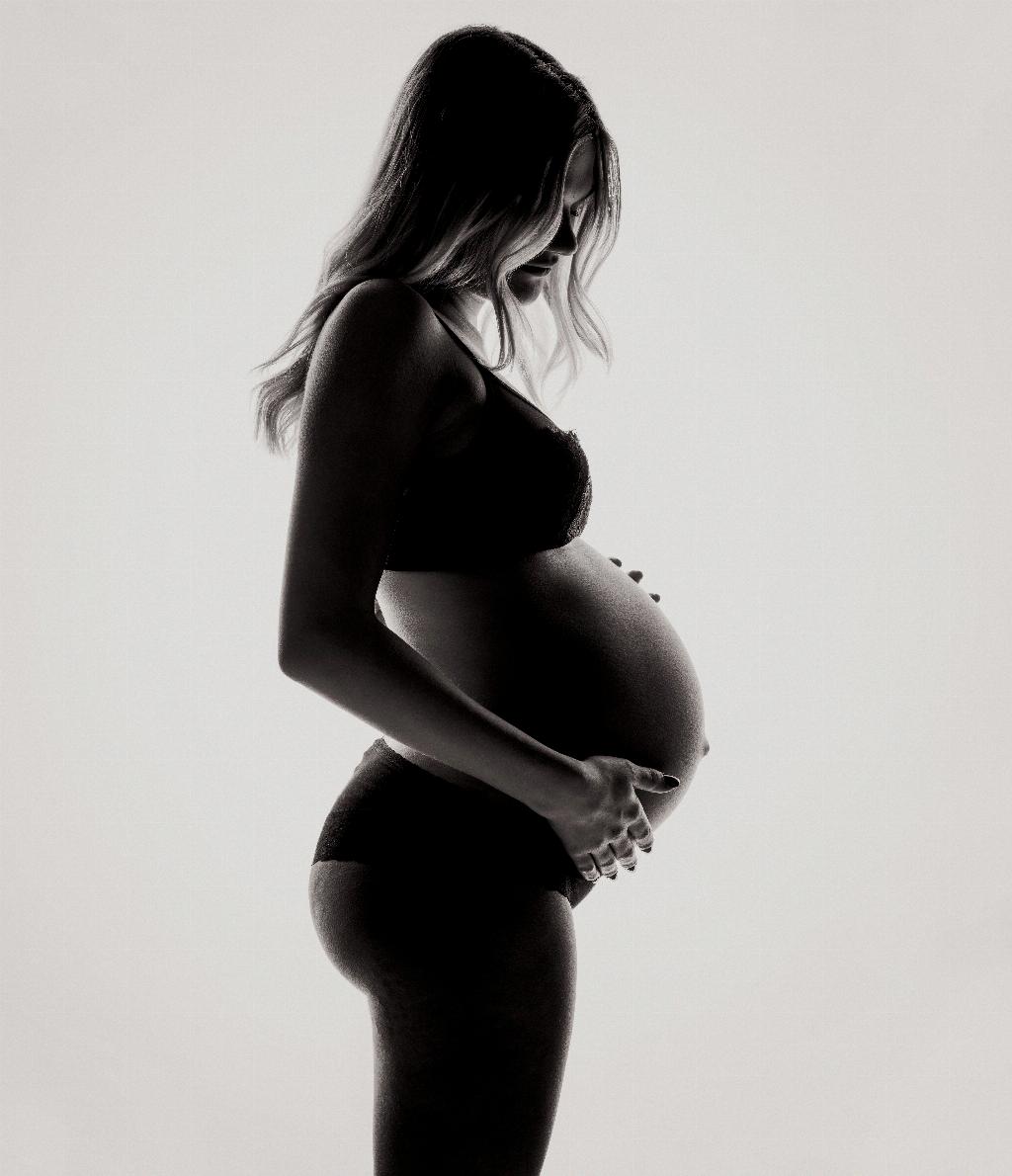During pregnancy, the process of cervical dilation is a crucial aspect of preparing for childbirth. While it is common knowledge that the cervix gradually opens as labor progresses, there are instances where the cervix may exhibit unexpected behavior. It is important to be aware of the potential symptoms of cervix opening during pregnancy, as they can vary and may not always follow the textbook definitions.
One of the primary symptoms of cervix opening during pregnancy is the presence of increased vaginal discharge. As the cervix begins to dilate, the mucus plug that blocks the opening of the cervix may be expelled. This discharge, known as the bloody show, can appear pink or red-tinged and is a sign that the cervix is beginning to open in preparation for labor.
Another symptom of cervix opening during pregnancy is the sensation of pressure or cramping in the pelvic region. As the cervix dilates, the surrounding tissues and muscles may experience increased tension, leading to discomfort or mild pain. This gradual process of cervical dilation can sometimes be accompanied by irregular contractions, known as Braxton Hicks contractions, which help to soften and thin out the cervix.
In some cases, women may also experience a change in the position of the baby as the cervix opens during pregnancy. As the baby moves lower into the pelvis in preparation for birth, there may be a noticeable shift in the shape and position of the abdomen. This can sometimes be observed by measuring the fundal height, which reflects the distance from the top of the uterus to the pubic bone.
Additionally, women may notice an increase in pelvic pressure or the sensation of the baby “dropping” as the cervix opens. This can manifest as a feeling of heaviness or fullness in the pelvic area, along with a need to urinate more frequently. The descent of the baby into the pelvis, known as engagement, is a key indicator that the cervix is beginning to efface and dilate in preparation for labor.
As the cervix continues to open during pregnancy, some women may experience changes in their vaginal discharge consistency. The mucus plug that seals the cervix may be gradually expelled, leading to an increase in vaginal fluid production. This discharge may appear thick and sticky, signaling that the cervix is undergoing progressive dilation and effacement.
Furthermore, women may notice subtle changes in their cervix texture and position as it begins to open during pregnancy. A healthcare provider may perform a cervical exam to assess the dilation and effacement of the cervix, as well as its consistency and position within the vaginal canal. These physical evaluations can provide valuable insights into the progress of labor and the readiness of the cervix for childbirth.
It is important to mention that every pregnancy is unique, and not all women will experience the same symptoms of cervix opening. Some women may progress through labor rapidly, while others may have a slower and more gradual process of cervical dilation. It is essential to communicate any concerns or unusual symptoms with a healthcare provider to ensure appropriate monitoring and care throughout the labor and delivery process.
In conclusion, while the textbook definition of cervical dilation during pregnancy is well-established, it is essential to be aware of the potential variations and symptoms that may accompany the process. By recognizing the signs of cervix opening, women can better understand the progress of labor and prepare for the upcoming childbirth experience. Monitoring changes in vaginal discharge, pelvic pressure, baby position, and cervix texture can provide valuable insights into the readiness of the cervix for labor and delivery.

